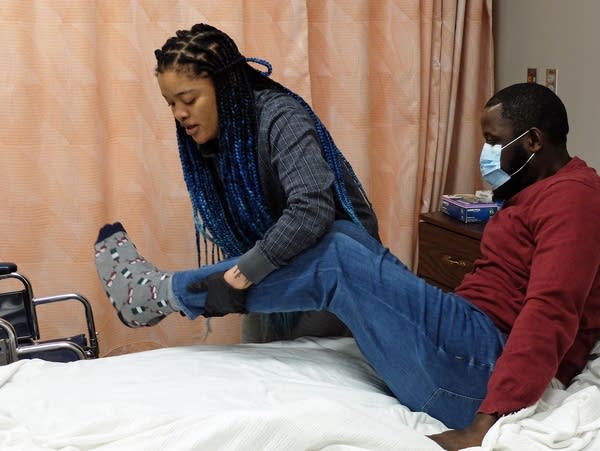The quality, cost and future of long-term care in Minnesota

Glecia Charles helps a student playing the role of a nursing home resident get out of bed during a training class for certified nursing assistants in Moorhead on January 27, 2022. Minnesota is facing an acute shortage of workers in long-term care facilities.
Dan Gunderson | MPR News
Go Deeper.
Create an account or log in to save stories.
Like this?
Thanks for liking this story! We have added it to a list of your favorite stories.


